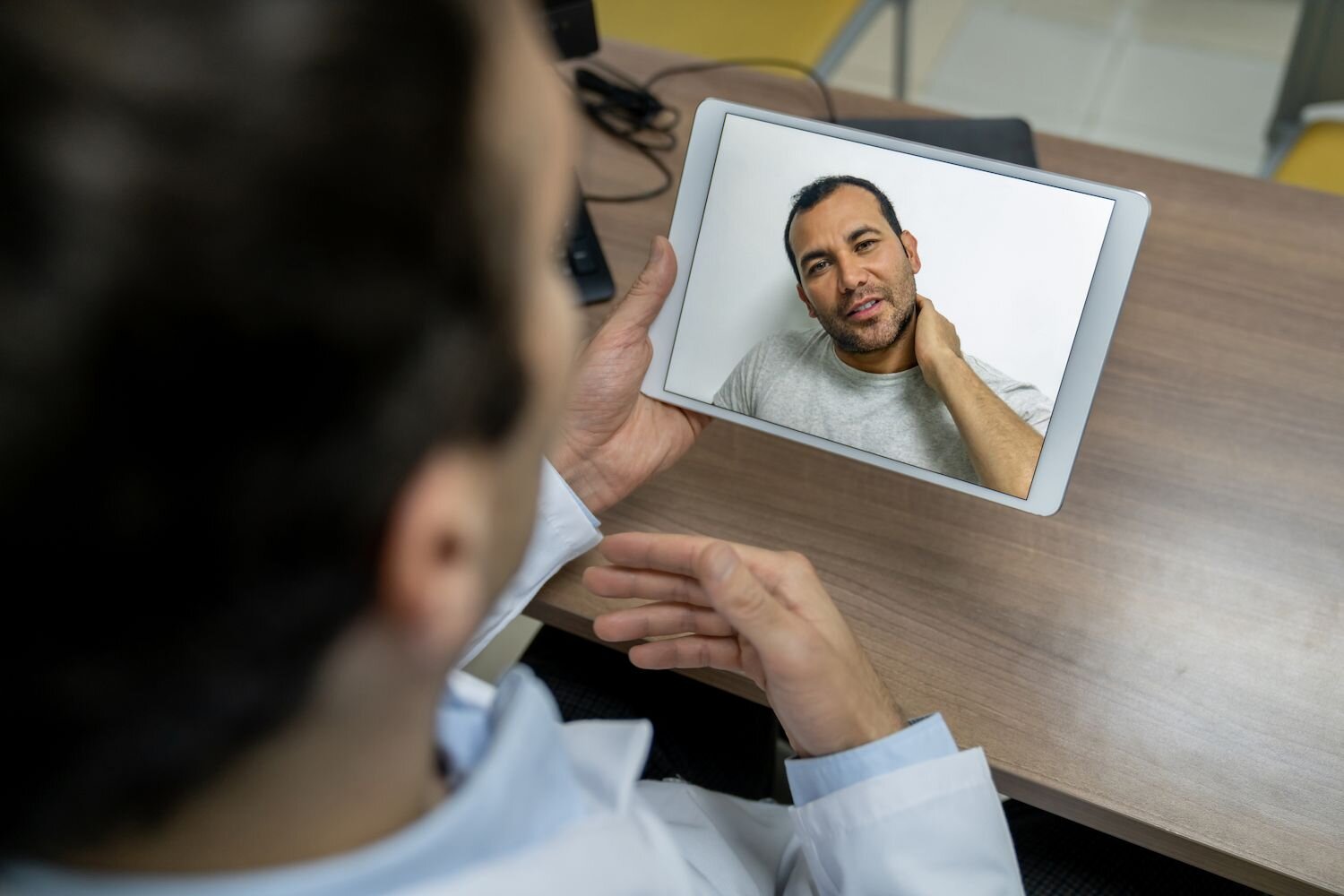
Managing Back and Neck Pain in the time of COVID-19
Your guide to finding the right care for back or neck pain.
As a result of the current COVID-19 pandemic, most healthcare providers who commonly treat or advise patients who are experiencing spinal pain (low back, middle back, or neck pain) are unable to see patients. These Primary Spine Care Clinicians include chiropractors, physical therapists, osteopaths, and family/general physicians.
In most jurisdictions, secondary and tertiary medical specialists and surgeons including orthopedic surgeons, neurosurgeons, rheumatologists, pain management physicians, and neurologists have been forced to limit their practices to emergency or critical patients.
Back and neck pain combined are the leading cause of disability worldwide, and these disorders have not gone away during the coronavirus pandemic.
However, spinal pain and other disorders have not gone away. People are still experiencing back and neck pain and are having to cope with the discomfort, disability and disruption of life that these conditions can cause.
Patients can become very anxious when they experience back or neck pain and feel neglected when they are unsure how to deal with these symptoms and unable to see their chiropractor, physical therapist, acupuncturist, osteopath, family/general physician or specialist for advice on what to do.
World Spine Care, in conjunction with the Global Spine Care Initiative, has developed an evidence-based model of care that can be modified so that patients can help themselves or be helped by their clinicians – while at the same time avoiding, or markedly limiting the degree of direct contact.
Key points
For most people experiencing back or neck pain it is not necessary to have a face-to-face office visit with a licensed clinician (chiropractor, physical therapist, osteopath, or family physician) during periods of social and/or physical distancing.
Except in emergencies, Telehealth communication with a licensed clinician familiar with spine related treatment should be considered before considering an office-based consultation. This can include talking to a clinician by phone or preferably by videoconferencing.
Unless advised by a licensed clinician, it is important to avoid going to the emergency departments of a hospital, the services of which are already being stressed by COVID-19 patients.
World Spine Care has developed two guides to help patients and clinicians manage spinal pain in these times of social distancing.
Primary Spine Care Clinician Guide with advice for management of back and neck pain in the time of COVID-19.
Patient Guide for assessing and managing back and neck pain in the time of COVID-19.
Evaluate your spine pain with our free download.
You are empowered to self-assess your spine pain. Enter your e-mail to receive a link to the PDF guide for patients. We will keep you informed of updates to the guide or other resources that will help you and your spine care provider manage your back or neck pain.

Are you a clinician?
The guide described above was developed specifically for patients looking for help with spine pain in the absence of their healthcare provider. If you are a clinician looking for best practices to help your patients with back or neck pain, download our free Clinician Guide available here.
Disclaimer
This Guide should only be considered in situations where social isolation is required or where clinicians or patients have elected to reduce contact, due to COVID-19, to those who require urgent or emergency care. It is expected that patients and providers will continue regular care as soon as any restrictions are lifted.
This Guide is provided as a public education service. WSC assumes no responsibility for any legal issues that may arise. Note that the GSCI Classification and Care Pathway has not yet been scientifically validated.
This Guide was developed by a multidisciplinary panel of 28 spine care authorities and clinicians from 10 countries on 4 continents.



